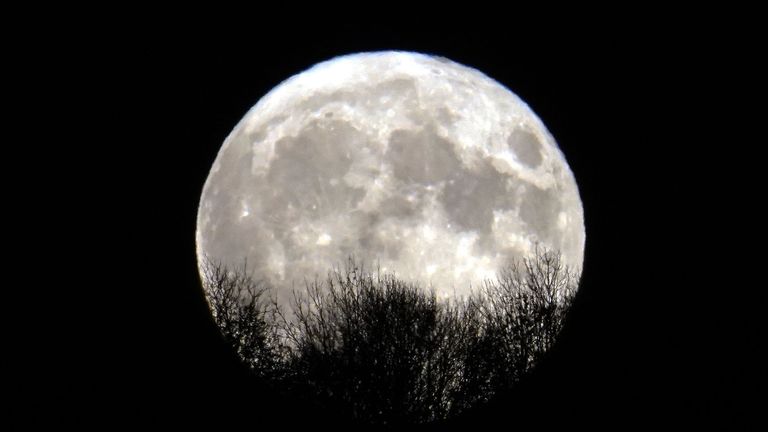The moon will get its own time zone after the White House directed NASA to develop a unified lunar time standard by the end of 2026.
The Coordinated Lunar Time, or LTC, would provide a time-keeping benchmark for lunar spacecraft and satellites that will require extreme precision for their missions.
Having a standard lunar time is vital – and complicated – because time unfolds differently on the moon compared to how it is perceived on Earth due to the difference in gravitational force.
“The same clock that we have on Earth would move at a different rate on the moon,” Kevin Coggins, NASA’s space communications and navigation chief, said in an interview.
For a person on the moon, an Earth-based clock would appear to lose on average 58.7 microseconds per Earth-day, the head of the White House Office of Science and Technology Policy (OSTP) said in a memo.
Other periodic variations would further drift moon time from Earth time, Arati Prabhakar added.
The OSTP instructed NASA to work with other parts of the US government to devise a plan by the end of 2026 for developing LTC.
“Think of the atomic clocks at the US Naval Observatory [in Washington]. They’re the heartbeat of the nation,
synchronising everything. You’re going to want a heartbeat on the moon,” Mr Coggins said.
Under NASA’s Artemis programme, the space agency is aiming take a team of astronauts to the moon in the coming years for the first time since Apollo 17 in December 1972.
Dozens of companies, spacecraft and countries are involved in the effort.
An OSTP official said that without a unified lunar time standard it would be challenging to ensure that data transfers between spacecraft are secure and that communications between Earth, satellites, bases and astronauts are synchronised.
Discrepancies in time also could lead to errors in mapping and locating positions on or orbiting the moon, they added.
“Imagine if the world wasn’t syncing their clocks to the same time – how disruptive that might be and how challenging everyday things become,” the official said.
On Earth, most clocks and time zones are based on Coordinated Universal Time, or UTC, which relies on a vast global network of atomic clocks around the world.

